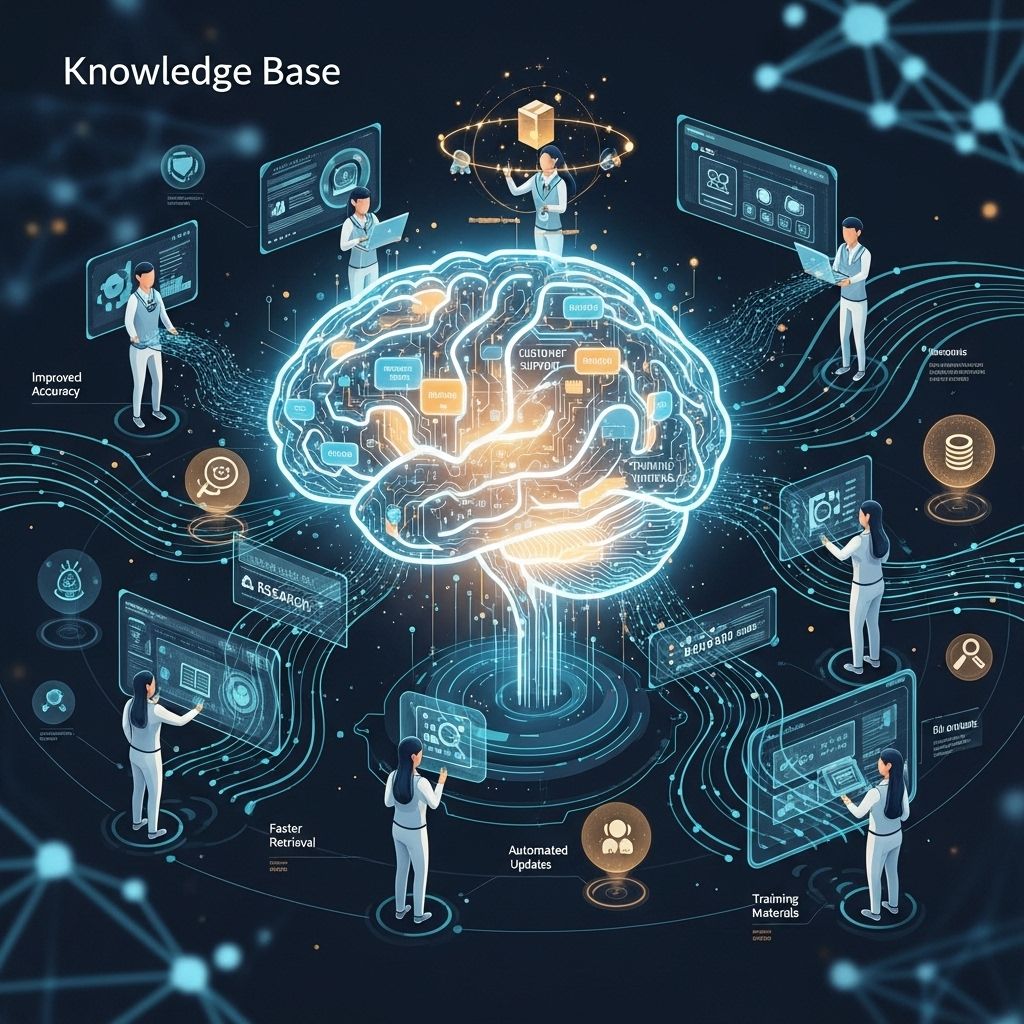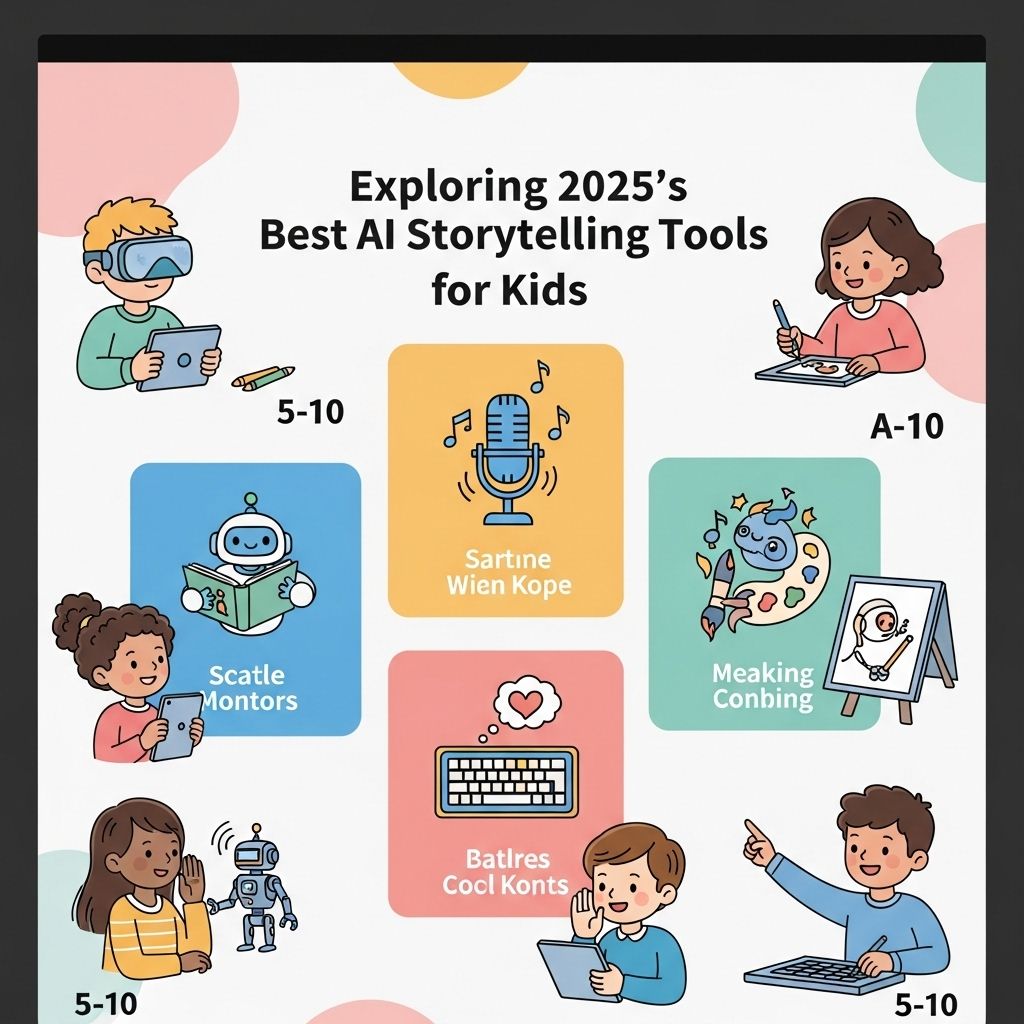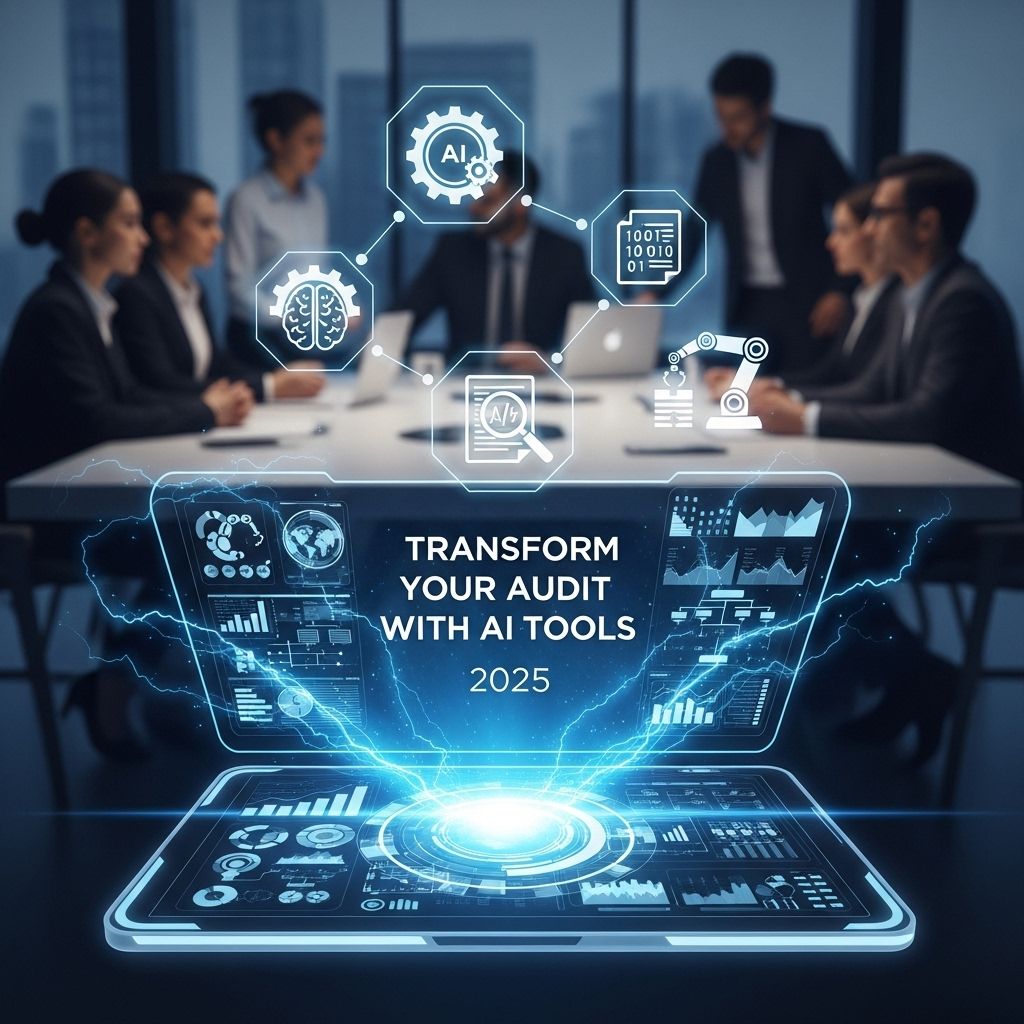Why Legacy Application Modernization is Crucial Today
Explore the importance of modernizing legacy applications for enhanced efficiency, security, and competitiveness in today's fast-paced digital landscape.

In the fast-paced world of technology, businesses are constantly seeking ways to improve their operations and stay competitive. One of the most significant challenges companies face today is the need to modernize their legacy applications. These older systems, while once cutting-edge, can hinder growth and limit innovation. In this article, we will explore the importance of legacy application modernization, the challenges organizations face when dealing with outdated systems, and the strategies available for a successful transformation.
Table of Contents
The Impact of Legacy Applications
Legacy applications are often defined as outdated software that remains in use because it still fulfills a critical business need. However, these systems can present several challenges, including:
- High Maintenance Costs: Older applications often require specialized knowledge and skills, leading to escalating maintenance expenses.
- Integration Issues: Legacy systems may not easily integrate with modern applications or platforms, making it difficult to share data across the organization.
- Security Vulnerabilities: Outdated software may not comply with current security standards, exposing organizations to potential data breaches.
- Lack of Scalability: As businesses grow, legacy applications may fail to scale effectively, stifling growth opportunities.
- Reduced Agility: Companies that rely on legacy systems often struggle to respond quickly to market changes or customer demands.
Recognizing the Need for Modernization
To ensure sustainability and growth, organizations must recognize the signs that indicate a need for modernization. Some key indicators include:
- Frequent downtime or performance issues.
- Inability to leverage new technologies, such as cloud computing or AI.
- Growing difficulty in finding skilled staff who understand the legacy system.
- Increased regulatory compliance challenges.
- Ultimately falling behind competitors who are utilizing modern technology.
Benefits of Modernizing Legacy Applications
Modernization can yield significant benefits, improving not only the applications themselves but also the overall business operations. Here are some advantages:
1. Improved Efficiency
Modern applications are designed with efficiency in mind, reducing processing times and enhancing user experiences. By streamlining workflows, organizations can improve productivity across teams.
2. Enhanced Security
New software solutions come with up-to-date security features that protect against evolving cyber threats. Modernization helps organizations adhere to compliance requirements more effectively.
3. Better Scalability
Modernized applications often utilize cloud technology, allowing businesses to scale resources easily in response to changing demands.
4. Increased Agility
With modern applications, organizations can respond quickly to market trends and customer needs, fostering innovation and improving customer satisfaction.
5. Cost Savings
While the initial investment in modernization can be substantial, the long-term savings in maintenance and operational costs often outweigh the upfront expenses.
Strategies for Legacy Application Modernization
Modernizing legacy applications is not a one-size-fits-all approach. Here are several strategies organizations can consider:
1. Re-hosting (Lift and Shift)
This strategy involves moving applications to a cloud infrastructure without changing the application architecture. It’s a quick method to reduce on-premises costs.
2. Re-platforming
Re-platforming involves making some optimizations to applications while moving them to the cloud. This typically involves upgrading the database or runtime environment.
3. Refactoring
Refactoring transforms the existing codebase to improve its structure and performance. This method can enhance application functionality while extending its lifecycle.
4. Replacing
In some cases, the best option may be to replace the legacy application entirely with a modern solution that better meets current business requirements.
5. Retiring
If a legacy application is no longer necessary for business operations, retiring it can free up resources and reduce maintenance burdens.
Key Considerations for a Successful Modernization Project
As organizations embark on modernization efforts, several factors should guide their approach:
- Assessment of Current Systems: Conduct a thorough analysis of existing applications to identify what needs to be modernized.
- Define Clear Objectives: Establish clear goals for modernization projects to ensure alignment with business strategy.
- Involve Stakeholders: Engage with key stakeholders across the organization to gather insights and support for the modernization effort.
- Choose the Right Technology Stack: Select technologies that align with business needs and provide long-term value.
- Plan for Training: Provide training for staff to ensure they can effectively use the new systems.
Real-World Examples of Successful Modernization
Numerous organizations have successfully modernized their legacy systems, leading to substantial improvements. Here are a few examples:
| Company | Legacy Application | Modernization Approach | Outcome |
|---|---|---|---|
| Company A | On-Premises CRM | Re-platforming to Cloud CRM | 30% increase in sales efficiency |
| Company B | Old Inventory System | Refactoring and Integration | 50% reduction in inventory discrepancies |
| Company C | Custom-built HR Software | Replacement with SaaS | Enhanced employee experience and reduced costs |
Conclusion
In today’s digital landscape, legacy application modernization is not just an option; it is a necessity. As organizations strive to remain competitive, embracing modern technology is vital to improve efficiency, agility, and security. By recognizing the signs that indicate a need for modernization and strategically approaching the transformation process, companies can unlock new opportunities and drive innovation that leads to enhanced performance and growth.
FAQ
What is legacy application modernization?
Legacy application modernization is the process of updating and transforming outdated software systems to improve functionality, enhance performance, and ensure compatibility with current technologies.
Why is legacy application modernization important for businesses?
Modernizing legacy applications is crucial for businesses as it improves operational efficiency, reduces maintenance costs, enhances security, and enables integration with modern technologies.
What are the risks of not modernizing legacy applications?
Failing to modernize legacy applications can lead to increased downtime, security vulnerabilities, higher operational costs, and inability to meet customer demands, ultimately affecting business competitiveness.
How does legacy application modernization enhance security?
Modernization often involves updating security protocols, patching vulnerabilities, and implementing new technologies, which collectively enhance the overall security posture of the application.
What are common strategies for legacy application modernization?
Common strategies include rehosting, refactoring, rebuilding, replacing or retiring legacy systems, depending on the specific needs and goals of the organization.
How can businesses determine if they need to modernize their legacy applications?
Businesses can assess the need for modernization by evaluating performance issues, maintenance costs, compatibility with new technologies, and the ability to respond to market changes.







